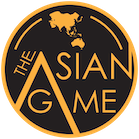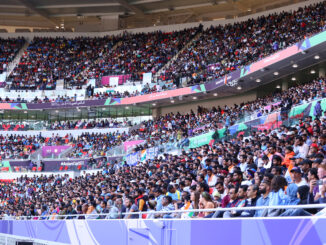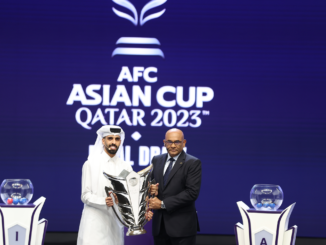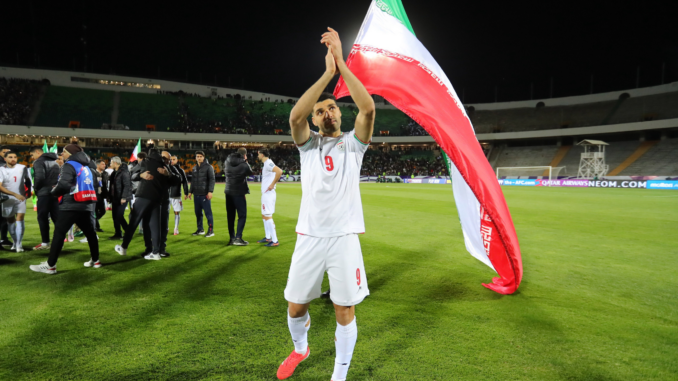
On the fifth day of the Iranian New Year, a 2-2 draw against Uzbekistan was enough for Iran to secure their spot in the FIFA World Cup for a seventh time. However, unlike previous qualifications, this time there were no street parties or wild celebrations for reaching football’s global showpiece.
Football has been the reason for the most notable public celebrations in Iran since the Islamic Revolution in 1979.
Qualifying for the 1998 FIFA World Cup was a social turning point, and after a 2-2 draw against Australia in Melbourne, which led to Iran’s victory on away goals, millions of Iranians rushed to the streets. 29 November, 1997 (8 Azar 1376 in the Iranian calendar) became a special date, celebrated by many for years and decades to come.
A few months later, Iranians celebrated another significant achievement: a 2-1 win against the USA at the FIFA World Cup in France, in one of the most politically charged matches in recent memory.
People once again took to the streets in the capital Tehran, and across the country, in jubilant celebration. This victory held such political significance that the Supreme Leader of Iran, Ali Khamenei, personally exempted Mehdi Mahdavikia, who scored Iran’s winning goal, from military service.
Street celebrations continued during subsequent qualifications, with Team Melli always serving as a source of happiness and joy.
Even after a 1-0 defeat against Argentina in the 2014 World Cup, people gathered in the streets and danced for hours. Many had anticipated an overwhelming loss against the Lionel Messi-inspired La Albiceleste, so a narrow defeat and strong performance were seen as valid reasons to celebrate.
One of the last public celebrations occurred during Iran’s match against Morocco in their opening game of 2018 FIFA World Cup in Russia, which Iran won 1-0 in dramatic circumstances after a 95th minute winner courtesy of an own-goal from Aziz Bouhaddouz.
In recent years, Team Melli’s popularity has decreased significantly, however.
The Azadi Stadium was half empty during the crucial match against Uzbekistan, and despite the stadium’s reconstruction and the Nowruz holidays, an attendance of 36,702 was low for such an important match.
When the team secured its spot at the 2026 FIFA World Cup, there were no celebrations, even on social media.
So, what is the reason for this lack of enthusiasm from a country so devoted to football?
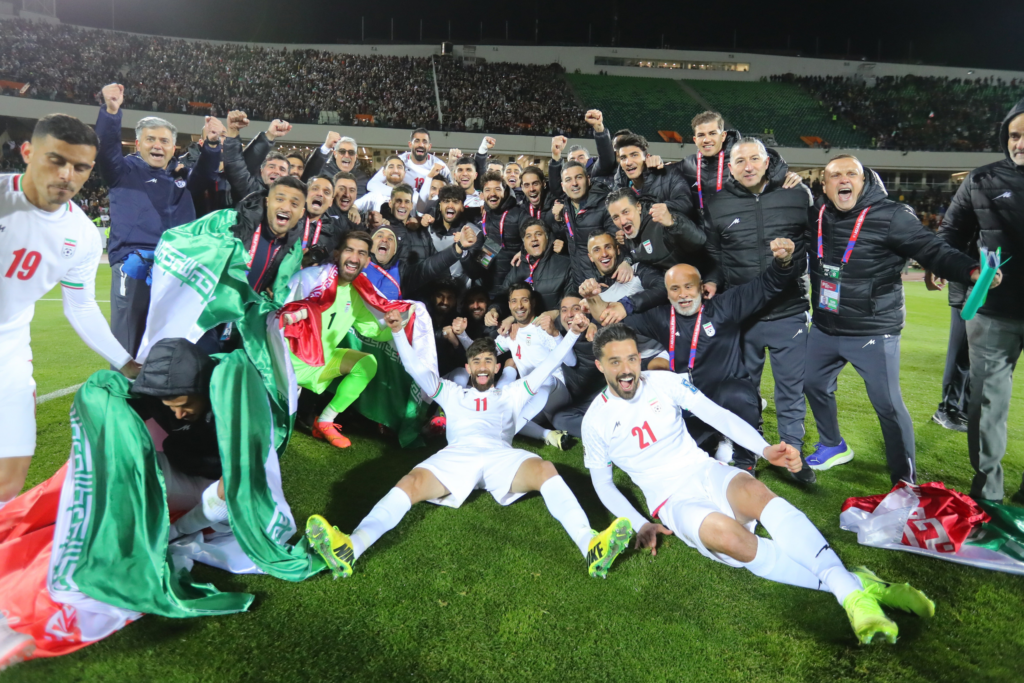
The Mahsa Movement
The primary reason many people turned their backs on Team Melli stems from the circumstances leading up to the 2022 FIFA World Cup in Qatar.
Three months before the tournament began, the death of Mahsa Amini, a young girl in police custody, ignited the most significant protests against the Islamic regime since its establishment.
Protesters believed that Team Melli’s players did not show appropriate reactions and empathy towards their cause. Celebrations after scoring in a friendly against Uruguay, meeting with then-President Ebrahim Raeisi, and controversial pictures from the FIFA official photo shoot further enraged protesters.
The players attempted to compensate and displayed solidarity with protesters by not singing the national anthem before their first match against England, instead gathering in a circle.
However, for the protesters, it was too little, too late, and some even celebrated Iran’s loss against the USA and their subsequent elimination from the World Cup.
The Manager
The appointment of Amir Ghalenoei as Team Melli’s manager stirred both supporters and detractors, yet it was evident that he could not restore the team’s popularity.
As the most successful manager in Iran’s league over the past two decades, Ghalenoei has often been a controversial figure; one memorable moment in the Tehran derby involved Ghalenoei slapping Persepolis left-back Mojtaba Moharrami.
Unafraid of tension and challenges in his managerial career, Ghalenoei frequently attacks perceived enemies during press conferences.
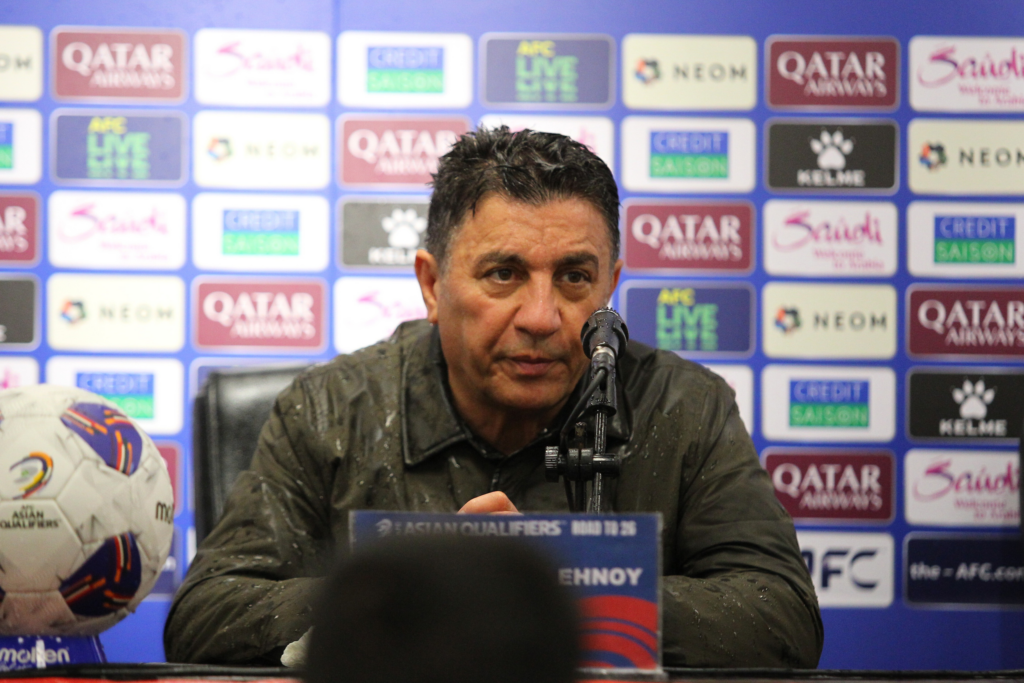
This is Ghalenoei’s second stint as Iran’s manager, and he has never forgiven those he believes were responsible for his sacking after the team’s elimination from the 2007 AFC Asian Cup.
For years, Ghalenoei has been accused of having close ties to Iran’s political hardliners. Despite his efforts to change his public image through various statements, his natural aggression has hindered his success in doing so.
Players
The current national team generation, which largely participated in the last two World Cups, is considered one of the most accomplished in Iranian football history, though the players themselves believe they are the best generation.
However, in terms of popularity, they may rank among the least favoured. Even before the political events of the past two years, their popularity did not match their achievements, mainly due to their perceived focus on financial gains.
As Iran’s economy has shrunk over the past decade and its citizens’ purchasing power has decreased, the players’ efforts to secure significant bonuses from government entities have drawn public ire.
Furthermore, the controversial departures of players like Mehdi Taremi, Shoja Khalilzadeh, and Alireza Beiranvand from Persepolis, primarily motivated by financial incentives, have led fans of the Tehran-based team to withhold their support for these players, even during national matches.
Economic Conditions
Recently, a photo of Ali Daei from the 1996 AFC Asian Cup qualifiers went viral.
In this image, the star of the national team at that time is seen receiving a prize of one million Rials (100,000 Tomans) for being the best player in a match after scoring four goals against Nepal.
The significance of this photo lies in the fact that on Iranian New Year’s Eve, 100,000 Tomans became equivalent to $1 (USD) due to the devaluation of the currency.
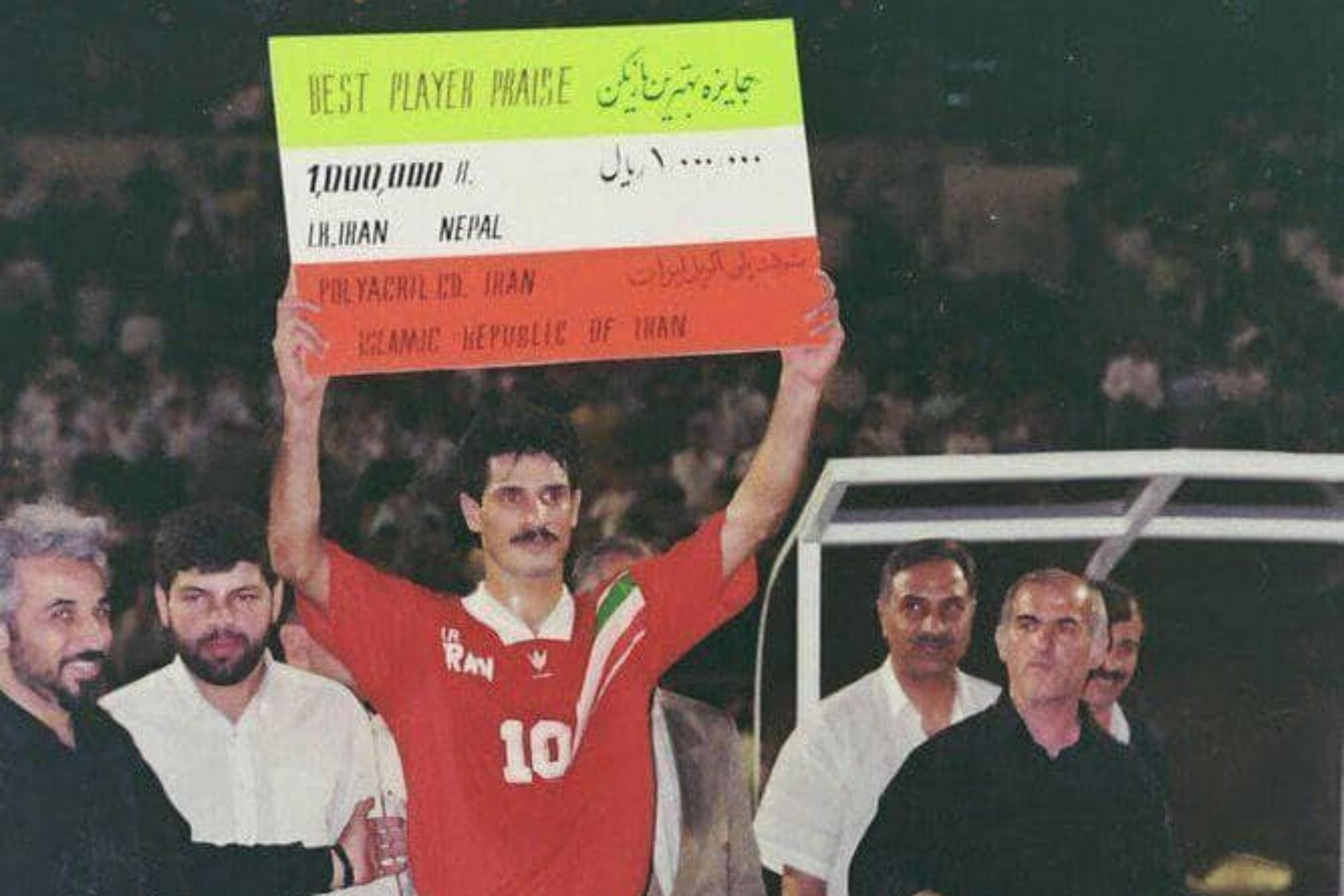
The decline in the value of the Iranian Rial, which has accelerated since 2018, recently gained even more momentum, eventually surpassing 100,000 Tomans to the dollar. Under such circumstances, following the national team and footballers who have a completely different financial situation is no longer a priority for many.
Given the political and social situation in Iran, the national team, especially with the current generation of players, faces a challenging task in achieving the same level of popularity as Iranian teams of past generations, particularly the 1998 generation.
If they want to once again bring people out into the streets to celebrate, they need to accomplish something significant – much more than just qualifying for the again for the FIFA World Cup.
Photos: Asian Football Confederation
Listen to Episode 241 of The Asian Game Podcast LIVE from Suwon World Cup Stadium
